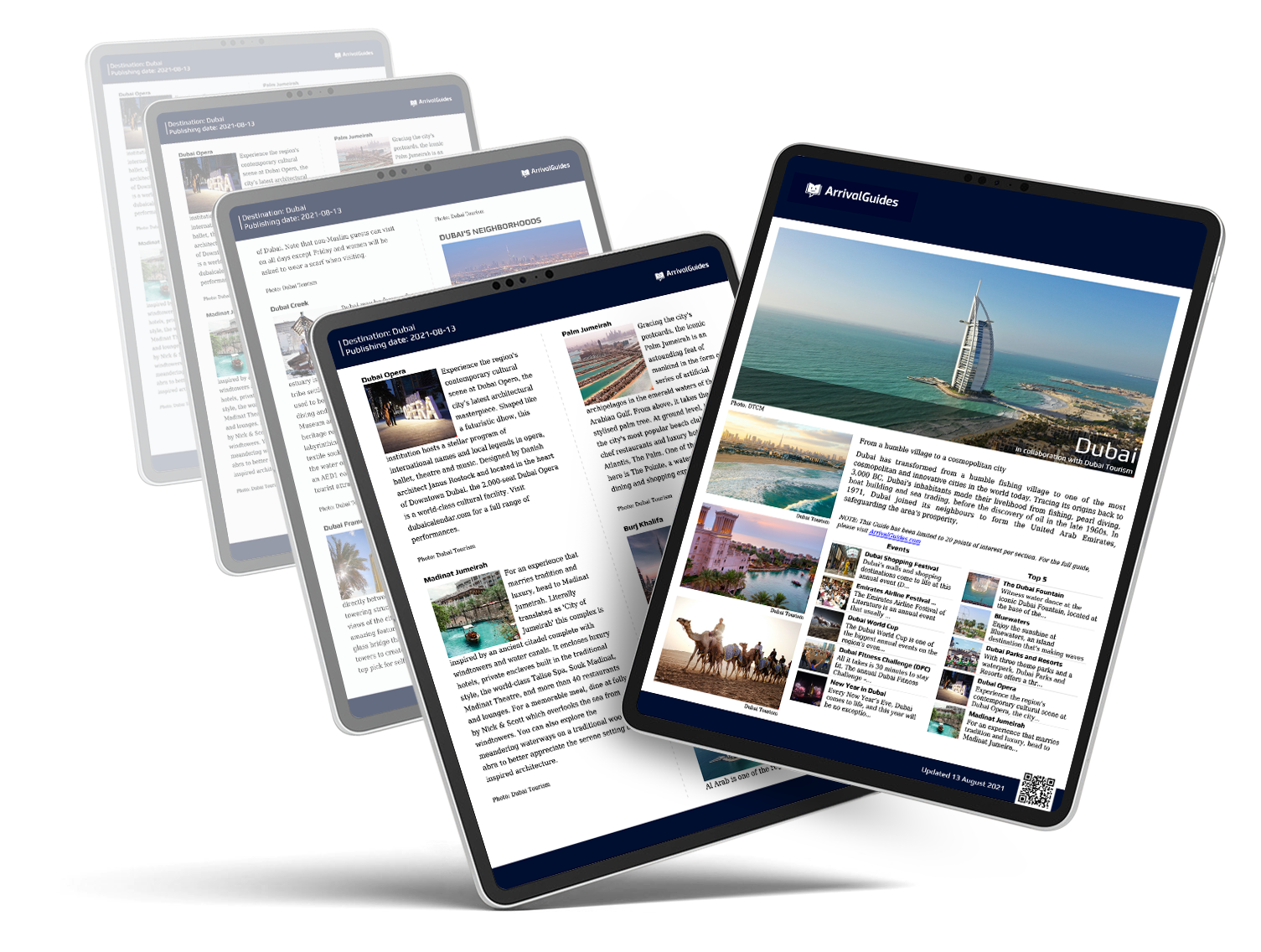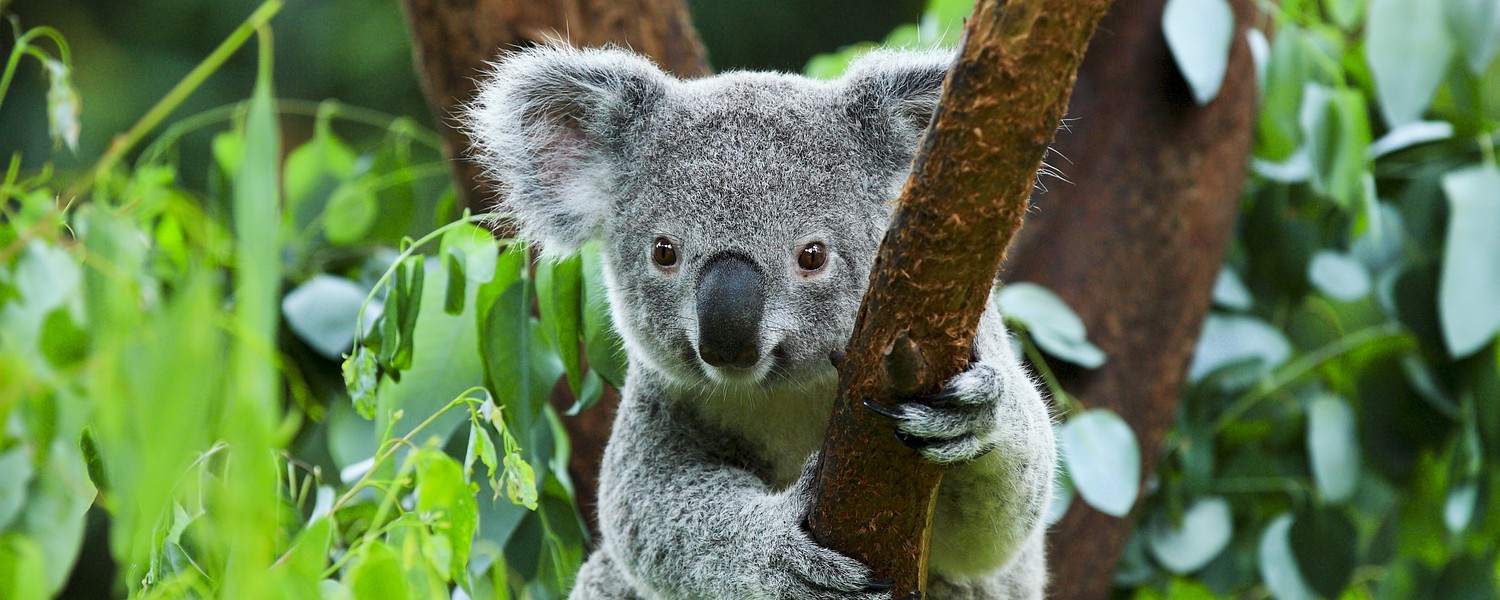
Provided by:
rickyd/shutterstock

Our travel guides are free to read and explore online. If you want to get your own copy, the full travel guide for this destination is available to you offline* to bring along anywhere or print for your trip.
*this will be downloaded as a PDF.Price
€4,95
The City
The guide was updated:
When Colonel William Light picked the Adelaide Plains as the capital of the new British colony back in 1836, the region had already been home to the Kaurna Aboriginal people for thousands of years. Previously known as Tarndanyangga, or place of the red kangaroo, the new settlement that arose on the plains developed into one of the most culturally diverse cities in the world.
Named after the wife of King George IV of the United Kingdom, Adelaide soon spread out to the seashore, now dotted with a long line of relaxing beach suburbs.
The arrival of successive waves of immigrants — from Germans and Italians to Lebanese and Japanese — has given the city an enviable reputation for good food and drinks with some of the most diverse eating opportunities in the whole world. The wine-making brought by German immigrants, for example, has turned Adelaide into one of the world's great wine-producing centres.
The city's 19th-century centre, which lies closer to the Torrens River, is still intact, it gives visitors a feel for the colony's early days. It is also a grid of wide graceful streets encircled by a ring of parks, which rewards Adelaide with an open and green atmosphere. Combined that with the blue skies and warmth of the South Australian climate, and you've got yourself one of the most beautiful cities in the world.
Named after the wife of King George IV of the United Kingdom, Adelaide soon spread out to the seashore, now dotted with a long line of relaxing beach suburbs.
The arrival of successive waves of immigrants — from Germans and Italians to Lebanese and Japanese — has given the city an enviable reputation for good food and drinks with some of the most diverse eating opportunities in the whole world. The wine-making brought by German immigrants, for example, has turned Adelaide into one of the world's great wine-producing centres.
The city's 19th-century centre, which lies closer to the Torrens River, is still intact, it gives visitors a feel for the colony's early days. It is also a grid of wide graceful streets encircled by a ring of parks, which rewards Adelaide with an open and green atmosphere. Combined that with the blue skies and warmth of the South Australian climate, and you've got yourself one of the most beautiful cities in the world.


